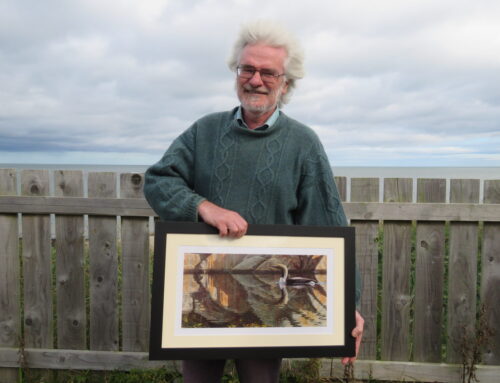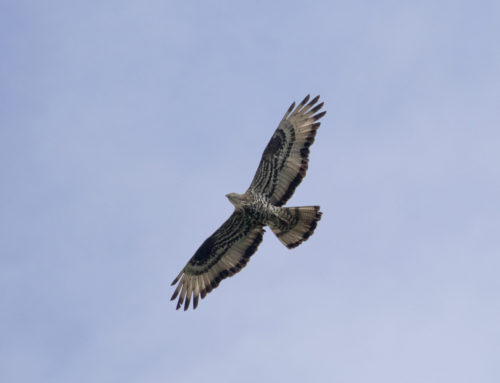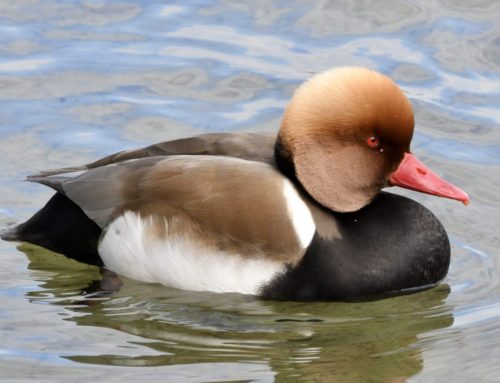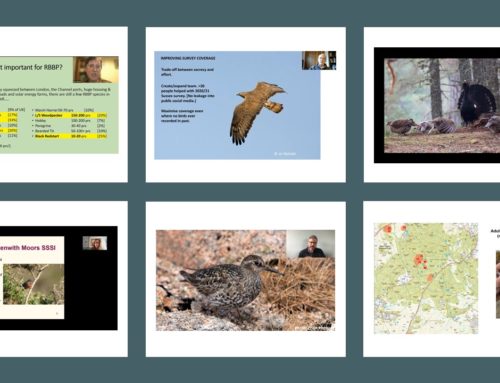Documenting the recovery of the UK Crane population

Common Cranes by Andy Hay/RSPB Images
All too often in nature conservation, stories are full of doom and gloom; highlighting species in steep decline. However, it is always great to get the opportunity to celebrate a real conservation success story and the return of the Common Crane is one of these. Following the natural recolonisation of a few birds and extensive conservation work, including a reintroduction programme, they are making a return after a 400-year absence.
Cranes probably became extinct as a breeding species in the UK during the 16th century. Before this they often featured on the menus of medieval feasts; for example, a banquet to celebrate George Neville’s enthronement as Archbishop of York in September 1465 supposedly included 204 Cranes.
Their return
Cranes recolonised the Norfolk Broads in 1979, with the first breeding attempt in 1981. Their recovery has taken several decades, and progress was slow to begin with. The population stood at just five pairs in 2000, but thanks to the efforts of many dedicated individuals, an increase in breeding success, the Great Crane Project (a reintroduction scheme to the Somerset Levels) and immigration from continental Europe, their numbers have increased substantially since then.
Figures in the latest RBBP report show that the population continues to grow with 46 breeding pairs found across the UK in 2018, fledging 25 young. This represents another record year, with numbers roughly equally split between birds of wild origin and those from the Great Crane Project. Over 150 young have successfully fledged since recolonisation and the UK population is now considered self-sustaining, with high survival rates.
Since first recolonising the Norfolk Broads, Cranes have spread to reoccupy other areas of England, benefitting from improved habitat in the East Anglian Fens, particularly at the RSPB’s Lakenheath and Nene Washes reserves. Breeding Cranes recolonised Yorkshire in 2001, Scotland in 2012 and Wales in 2016. Cranes are increasing being recorded away from their regular sites, and we encourage everyone to report sightings to your county bird recorder.
Monitoring the UK Crane population
Cranes are very sensitive to human disturbance, particularly while setting up territory and during the breeding season, and can be surprisingly inconspicuous when breeding, often remaining hidden in tall vegetation for weeks on end. The UK Crane Working Group, an official umbrella organisation for conservation bodies, land managers and other private individuals concerned with Crane conservation in the UK, help RBBP pull together the annual breeding figures. We are currently looking at ways to further refine the way data are recorded to best document their recovery.

UK Crane population increase and productivity between 1979 and 2018.
The role of protected areas
Since the start, the availability of large protected wetlands has been a vital component for their recovery. Over 80% of the breeding population is currently found on protected sites (SSSIs, SPAs) and nature reserves. These protected sites offer the solitude, habitats and the sympathetic management required.
The creation of landscape-scale conservation initiatives under the mantra of ‘more, bigger, better and joined up’, as promoted by Sir John Lawson’s ‘Making Space for Nature’ report, should benefit species such Cranes, as long as they include large wetland sites with disturbance-free zones.
The future for Cranes in the UK currently looks positive and their population is predicted to continue to expand. As I am writing this, I hear of a flock of over 60 birds in the Fens. There are few more spectacular and charismatic species in Europe than the Common Crane. Luckily, after the species’ absence, more people should get the opportunity to watch winter gatherings undertake their distinctive dancing and bugling courtship.

The Great Crane Project, a partnership between the RSPB, Wildfowl and Wetlands Trust, Pensthorpe Conservation and Trust and Viridor Credits, reintroduced birds to the Somerset Levels with aim of returning them to other parts of their former range. This has boosted the UK population and improved their prospects nationally. These birds, each individually colour ringed, now make up roughly 50% of our Crane population.







